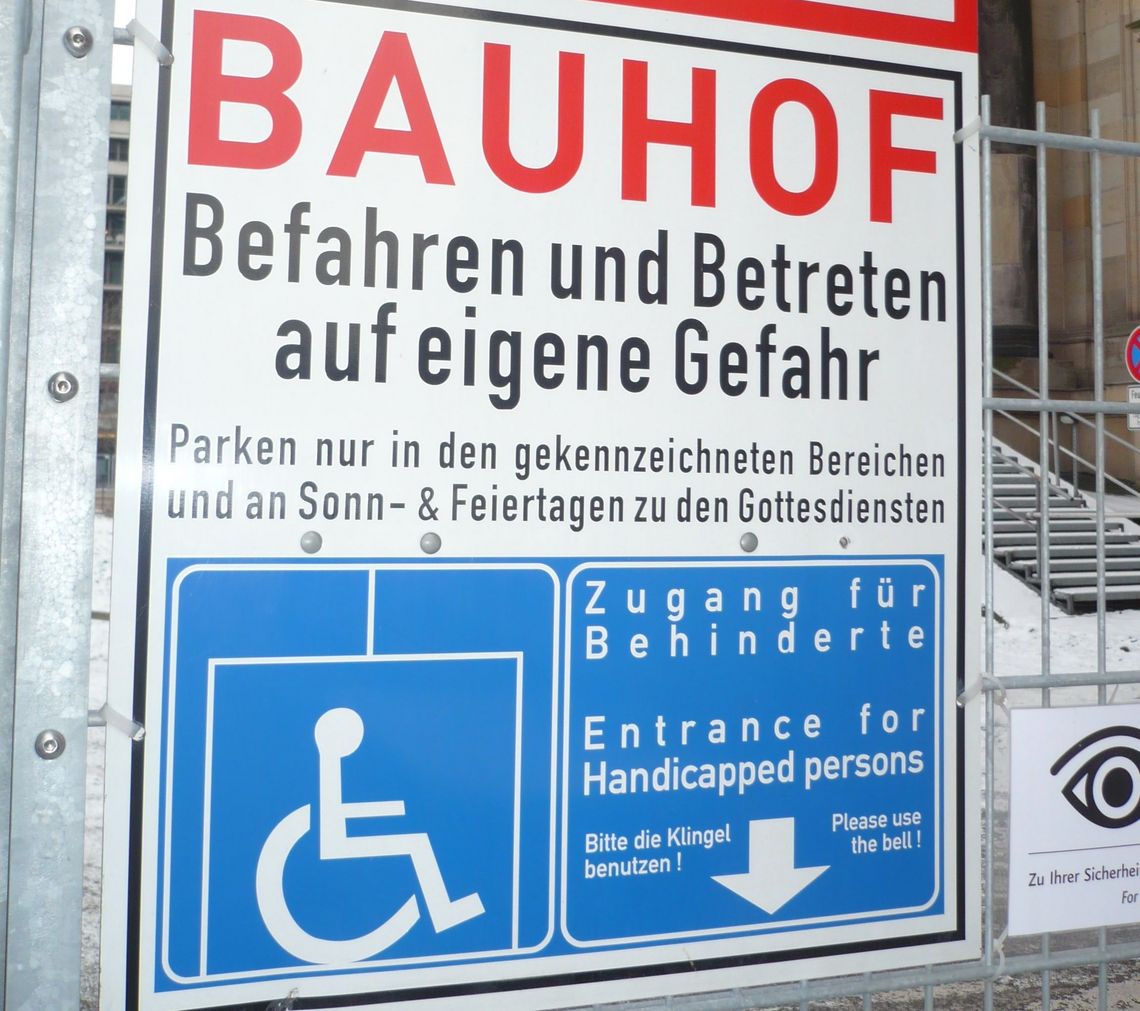Senate provides millions in funding for barrier-free accessibility
Over the next three years, Berlin Cathedral will receive several million euros in development funds thanks to the programme entitled ‘Joint task of improving regional economic structures’ (‘Gemeinschaftsaufgabe zur Verbesserung der regionalen Wirtschaftsstruktur [GRW]’). This was decreed by the Berlin Senate during its meeting held on 26 September 2017. The money will ensure barrier-free access to the Cathedral among other things, as well as support the construction of a wider stairwell leading to the Hohenzollern family crypt and accessible sanitary facilities.

Visitors with limited mobility can only reach the Hohenzollern family crypt and the Cathedral with the assistance of security staff. To do so, they must ring the doorbell at the northern yard, where the porter then guides the visitors into the building via the freight elevator. The Cathedral's own museum is not at all accessible for wheelchair users and people with limited mobility.
With the help of funding, this untenable condition can be stopped. The Cathedral and Hohenzollern family crypt to be made barrier-free! External additional access for wheelchair users and people with limited mobility has been constructed in the south façade (in the direction of the Humboldtforum Museum). It leads to an elevator that ascends from the crypt floor to the second floor where the museum is located, and can be accessed without any assistance.
The staircase that leads to the Hohenzollern family crypt, which is currently more reminiscent of a narrow staircase that takes you to a boiler room, is scheduled to be rebuilt. In future, visitors will be able to reach the Hohenzollern family crypt via a wide staircase, which stretches from the museum floor down to the place of burial. Architect Julius Carl Raschdorff had already envisaged this exact staircase design as part of original plans for the construction of Berlin Cathedral. It was, however, never fully completed.
Scheduled measures also include the creation of barrier-free sanitary facilities to be built on the crypt floor, as well as the renovation of pipework. At present there are just three toilets available to the 700,000 tourist visitors we receive each year, which often leads to long queues.